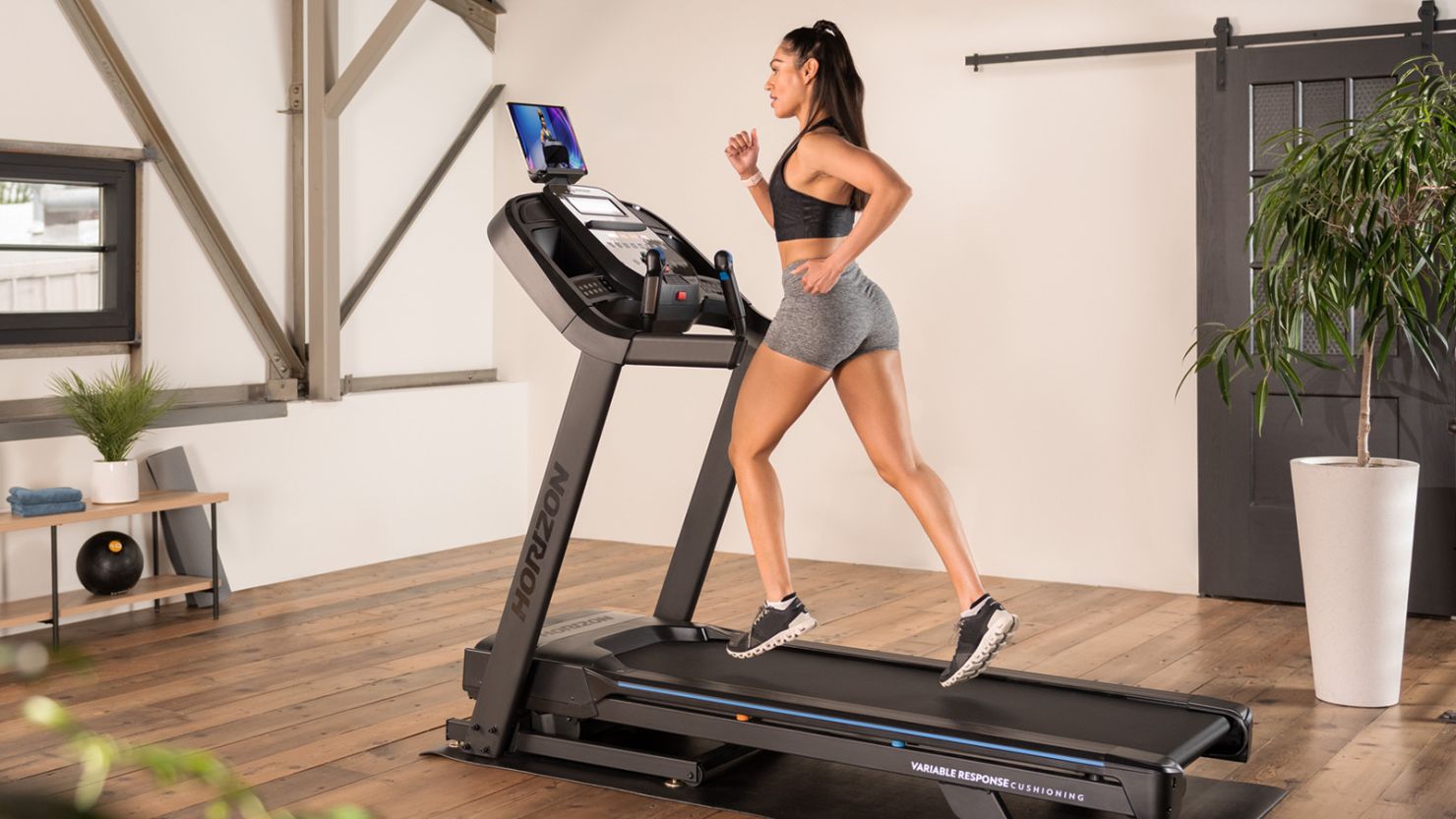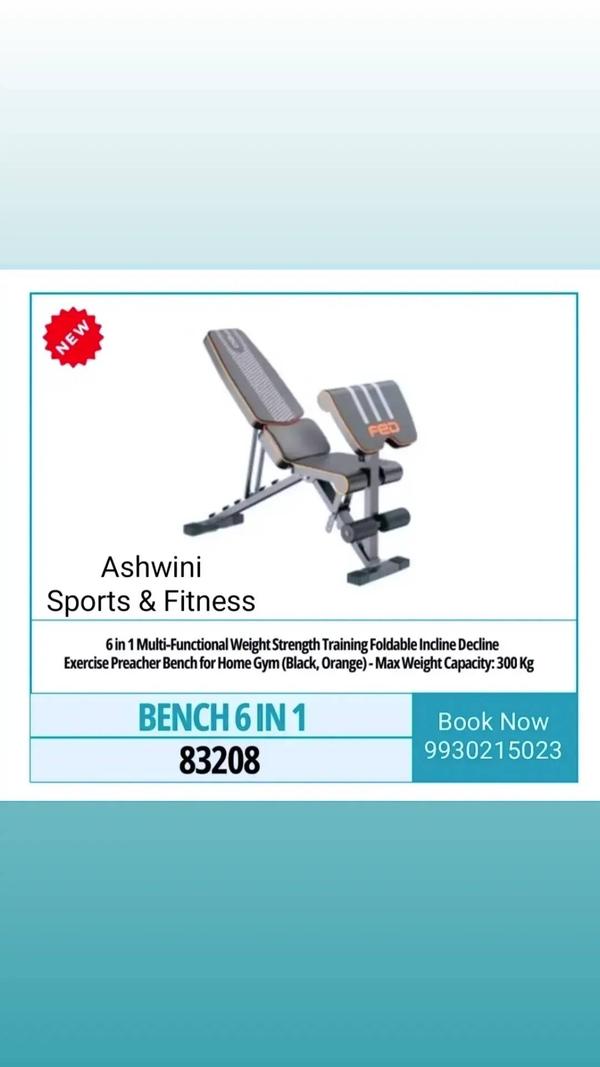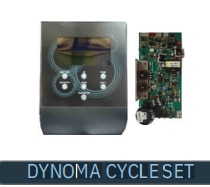Description
Product details
Motorized vs. Manual Treadmills: Motorized Treadmills: These have an electric motor that powers the movement of the belt. Users can control the speed and incline settings with a built-in console. Manual Treadmills: These are powered by the user's movement. The belt only moves when the person walks or runs on it, and the incline is usually fixed. Speed and Incline Settings: Treadmills often allow users to adjust the speed and incline to simulate different types of terrain and intensify workouts. Console and Controls: The treadmill's console typically includes controls for adjusting speed and incline, as well as displays for time, distance, speed, and calories burned. Safety Features: Treadmills usually come with safety features such as emergency stop buttons and safety clips that can be attached to the user's clothing. These features help ensure a safe workout environment. Folding vs. Non-Folding: Some treadmills are designed to be foldable, making them more space-efficient when not in use. Cushioning: Many treadmills have cushioned surfaces to reduce the impact on joints, providing a more comfortable experience, especially for runners. Programs and Connectivity: High-end treadmills may offer pre-programmed workouts, connectivity to fitness apps, and even features like heart rate monitoring. Usage and Benefits: Treadmills are popular for cardiovascular exercise, helping improve heart health, burn calories, and manage weight. They also offer the convenience of indoor exercise, regardless of weather conditions. Maintenance: Regular maintenance, such as lubricating the belt and checking the motor, is essential for keeping a treadmill in good working condition. Before using a treadmill or starting any exercise program, it's advisable to consult with a healthcare professional or fitness expert, especially if you have any existing health concerns or conditions.






